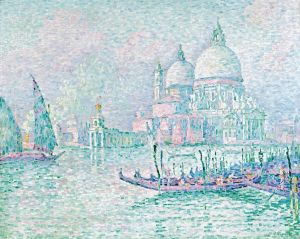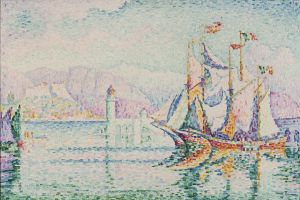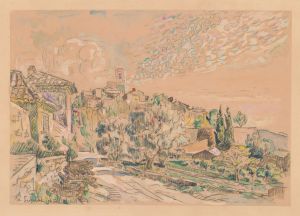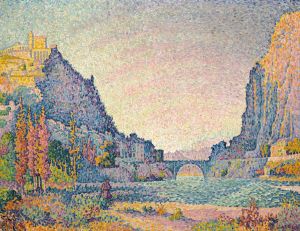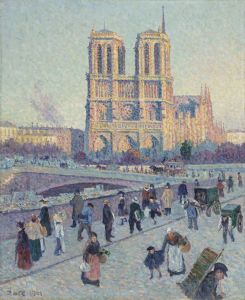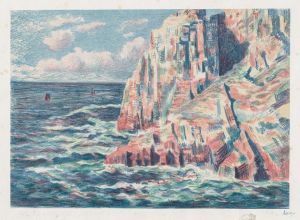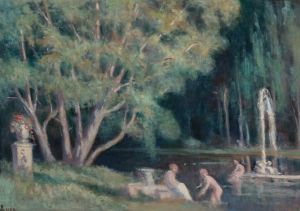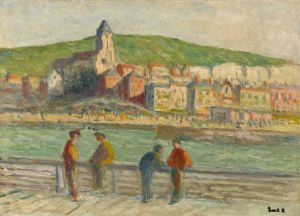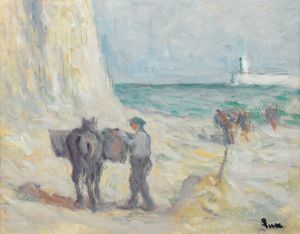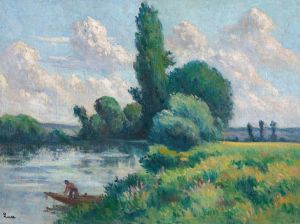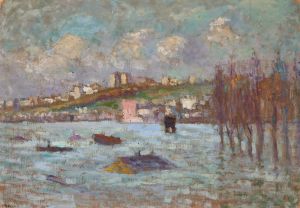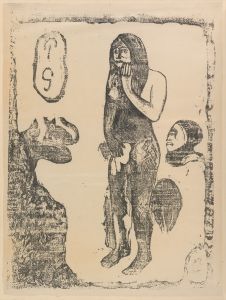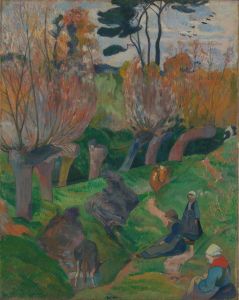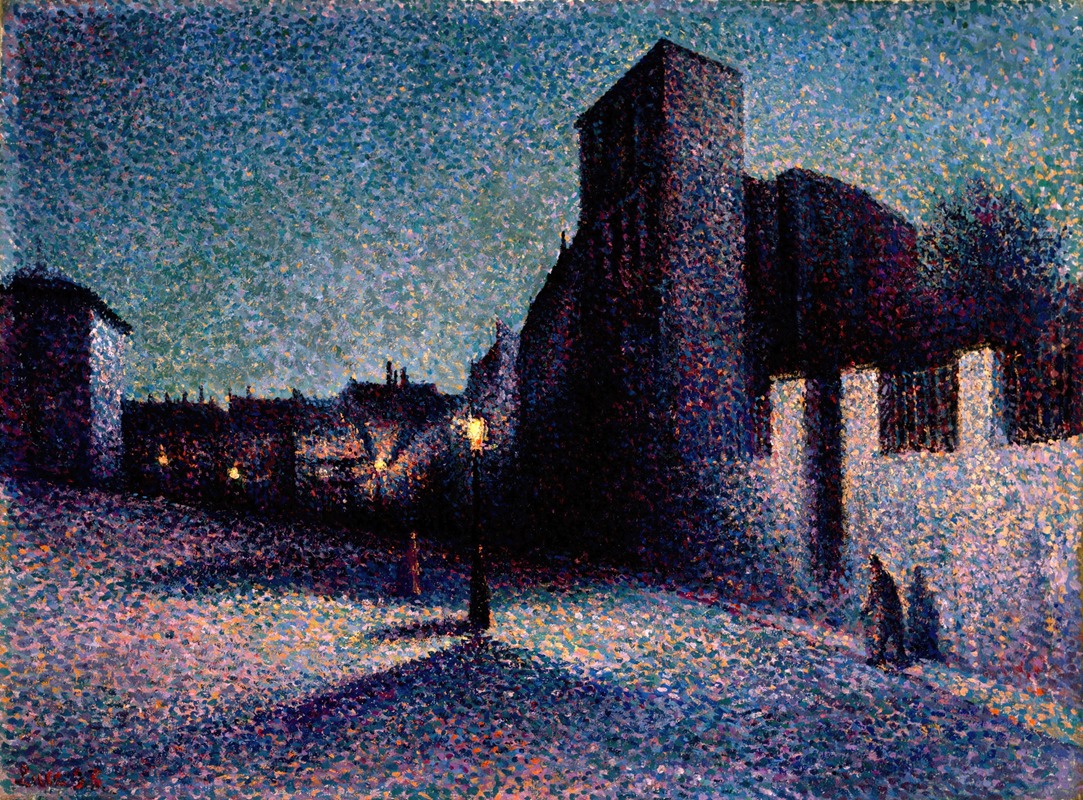
Rue Ravignan, Paris
A hand-painted replica of Maximilien Luce’s masterpiece Rue Ravignan, Paris, meticulously crafted by professional artists to capture the true essence of the original. Each piece is created with museum-quality canvas and rare mineral pigments, carefully painted by experienced artists with delicate brushstrokes and rich, layered colors to perfectly recreate the texture of the original artwork. Unlike machine-printed reproductions, this hand-painted version brings the painting to life, infused with the artist’s emotions and skill in every stroke. Whether for personal collection or home decoration, it instantly elevates the artistic atmosphere of any space.
Maximilien Luce's painting "Rue Ravignan, Paris" is a notable work by the French Neo-Impressionist artist, who was active during the late 19th and early 20th centuries. Luce, born in 1858, was a prominent figure in the Neo-Impressionist movement, which was characterized by its use of pointillism—a technique involving the application of small, distinct dots of color to form an image. This movement was heavily influenced by the scientific study of color and light, and Luce was among its key practitioners, alongside artists like Georges Seurat and Paul Signac.
"Rue Ravignan, Paris" captures a street scene in the Montmartre district of Paris, an area known for its artistic vibrancy and bohemian lifestyle. Montmartre was a hub for artists during Luce's time, providing inspiration and a sense of community for many painters, writers, and musicians. The painting depicts Rue Ravignan, a street that is situated near the famous Place du Tertre, a square that has long been associated with artists and their ateliers.
Luce's work often focused on urban landscapes and the daily lives of ordinary people, reflecting his interest in social issues and his commitment to anarchist ideals. His paintings frequently convey a sense of movement and vitality, capturing the essence of city life. In "Rue Ravignan, Paris," Luce employs his signature pointillist technique to render the scene with vibrant colors and dynamic composition. The use of light and shadow in the painting highlights the architectural features of the street and the bustling activity of its inhabitants.
The painting is a testament to Luce's skill in capturing the atmosphere of Paris during a time of great change and modernization. The late 19th and early 20th centuries were periods of significant transformation for the city, with the construction of new boulevards and the expansion of public transportation. Luce's depiction of Rue Ravignan offers a glimpse into this evolving urban landscape, showcasing the interplay between the old and the new.
Maximilien Luce was not only an accomplished artist but also an individual deeply engaged with the social and political issues of his time. His involvement with anarchist circles and his commitment to social justice are reflected in his art, which often portrays the working class and their environments with empathy and respect. "Rue Ravignan, Paris" is no exception, as it captures the vibrancy and diversity of life in one of Paris's most iconic neighborhoods.
Today, Luce's works are celebrated for their contribution to the Neo-Impressionist movement and their insightful portrayal of contemporary life. "Rue Ravignan, Paris" remains an important piece within his oeuvre, exemplifying his mastery of color, light, and composition. The painting is held in various collections and continues to be studied and appreciated by art historians and enthusiasts alike for its historical significance and artistic merit.





